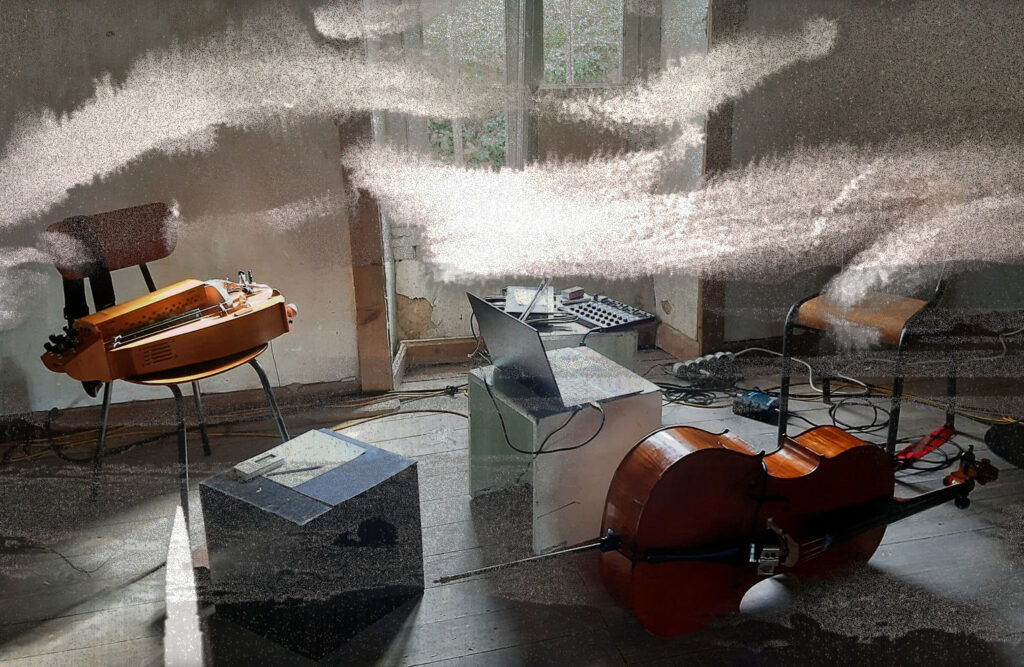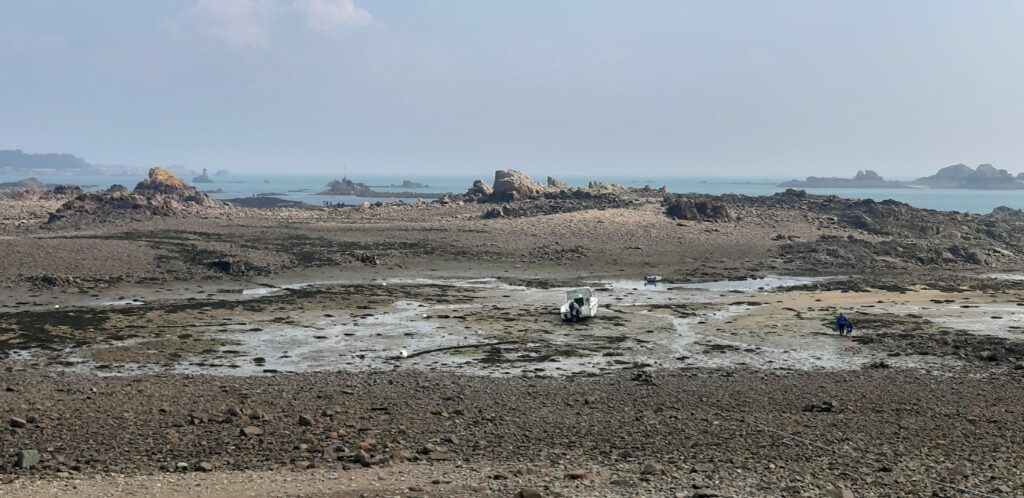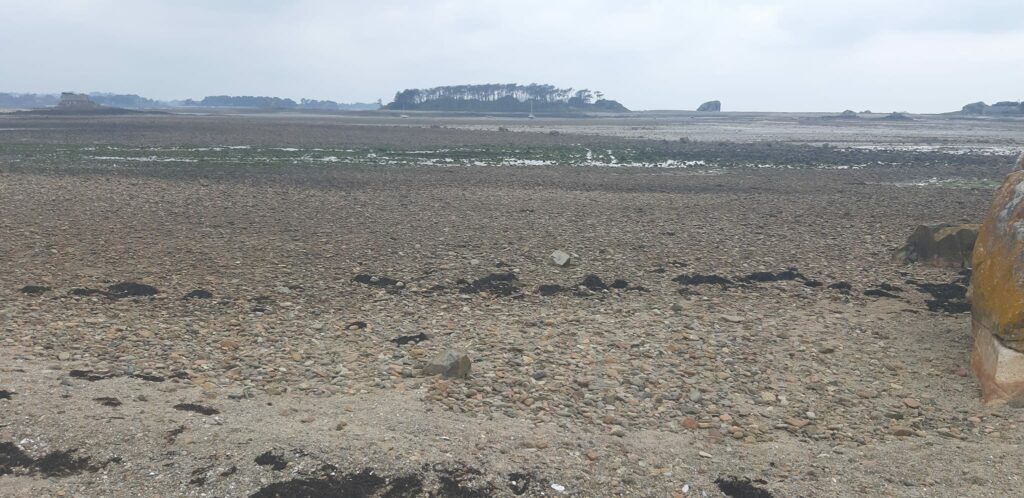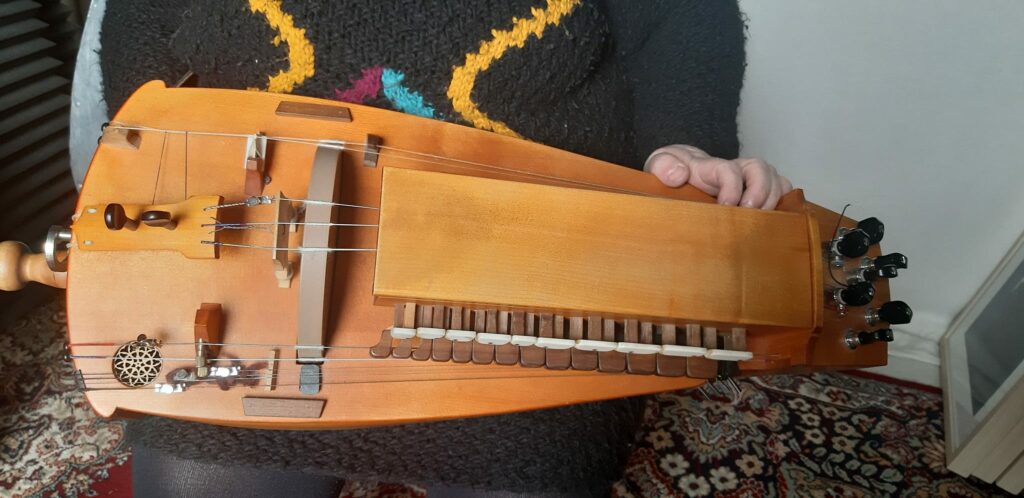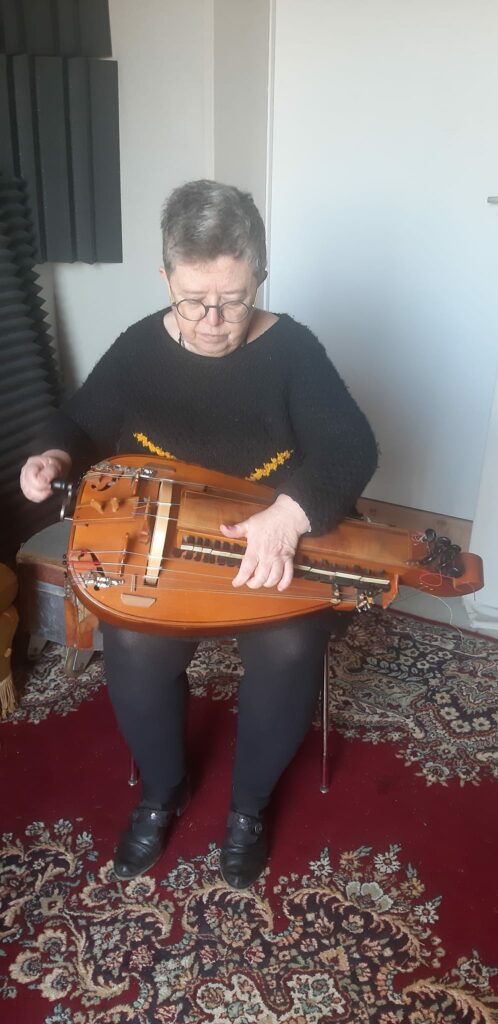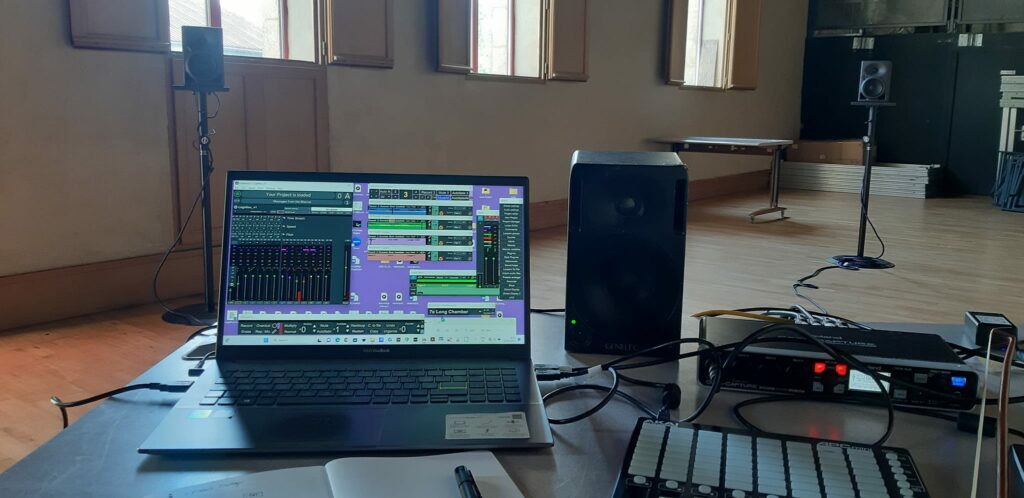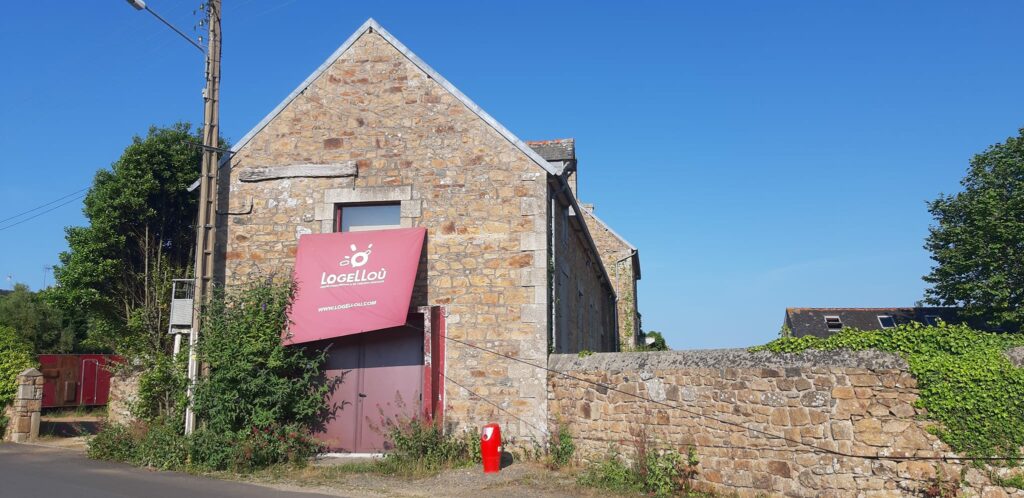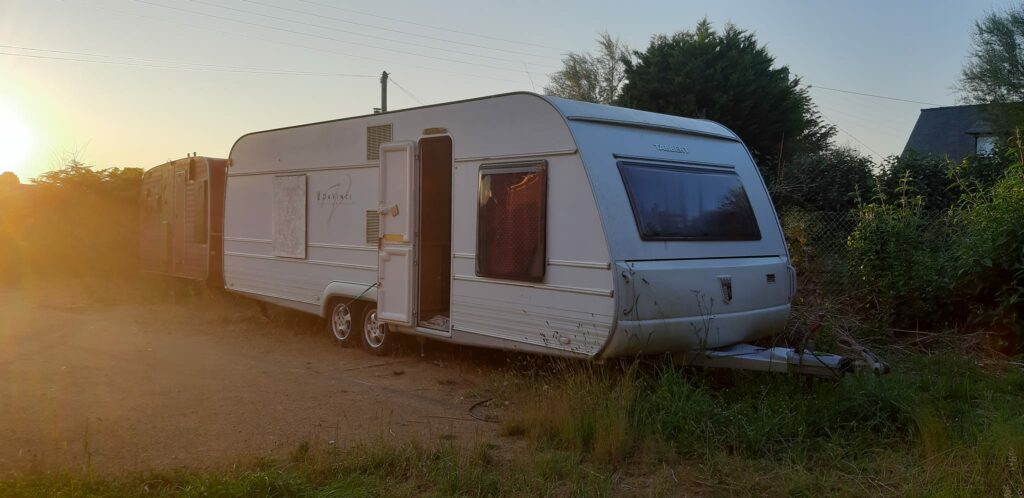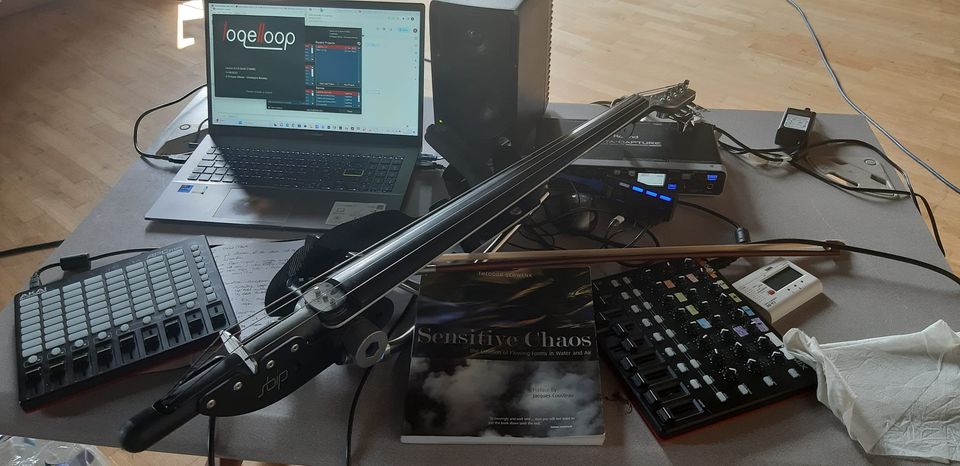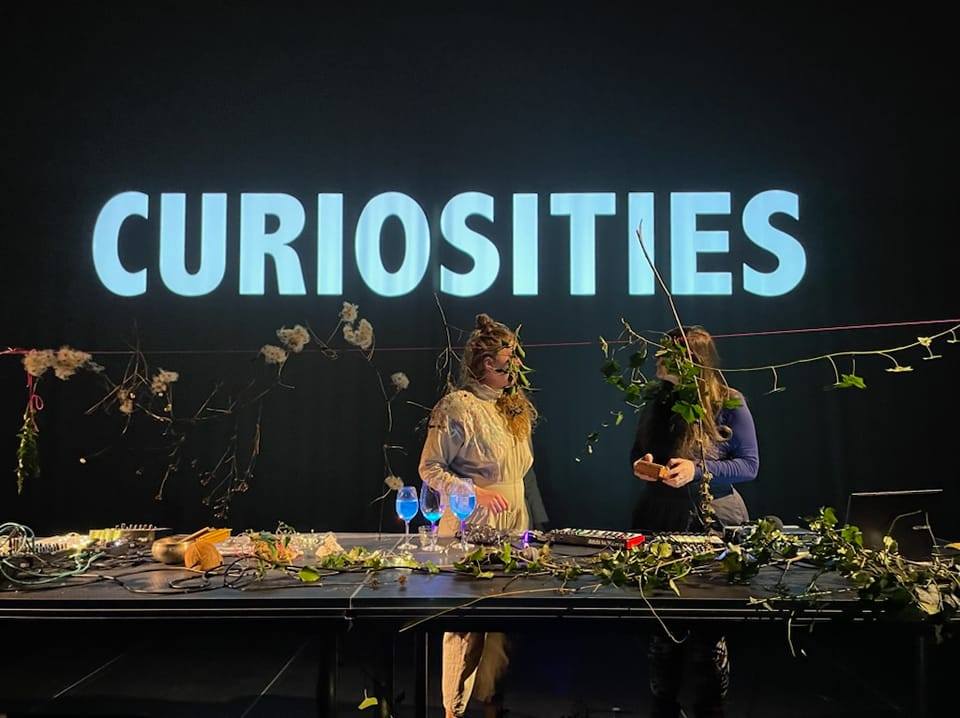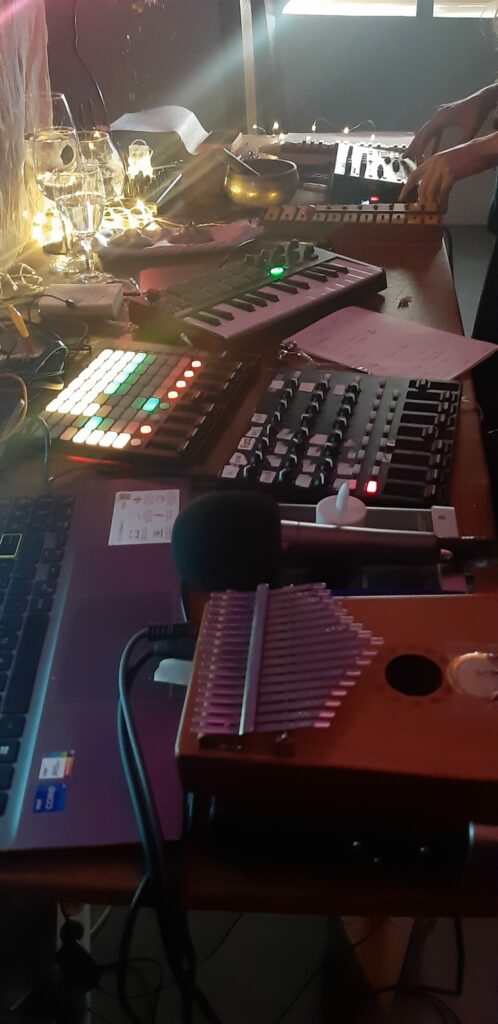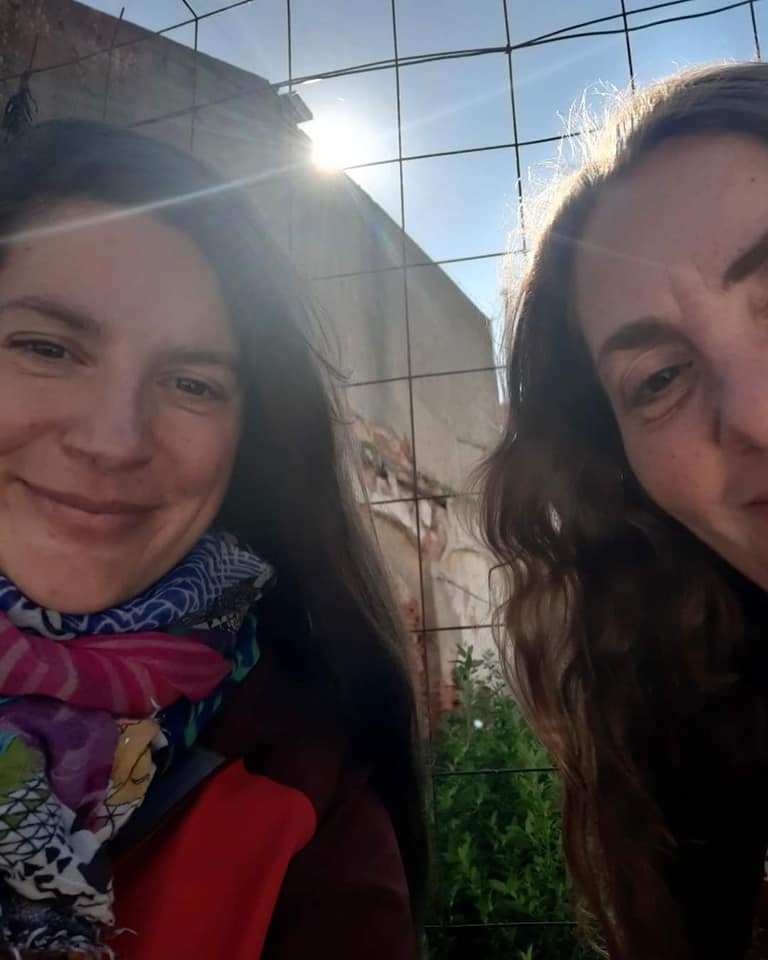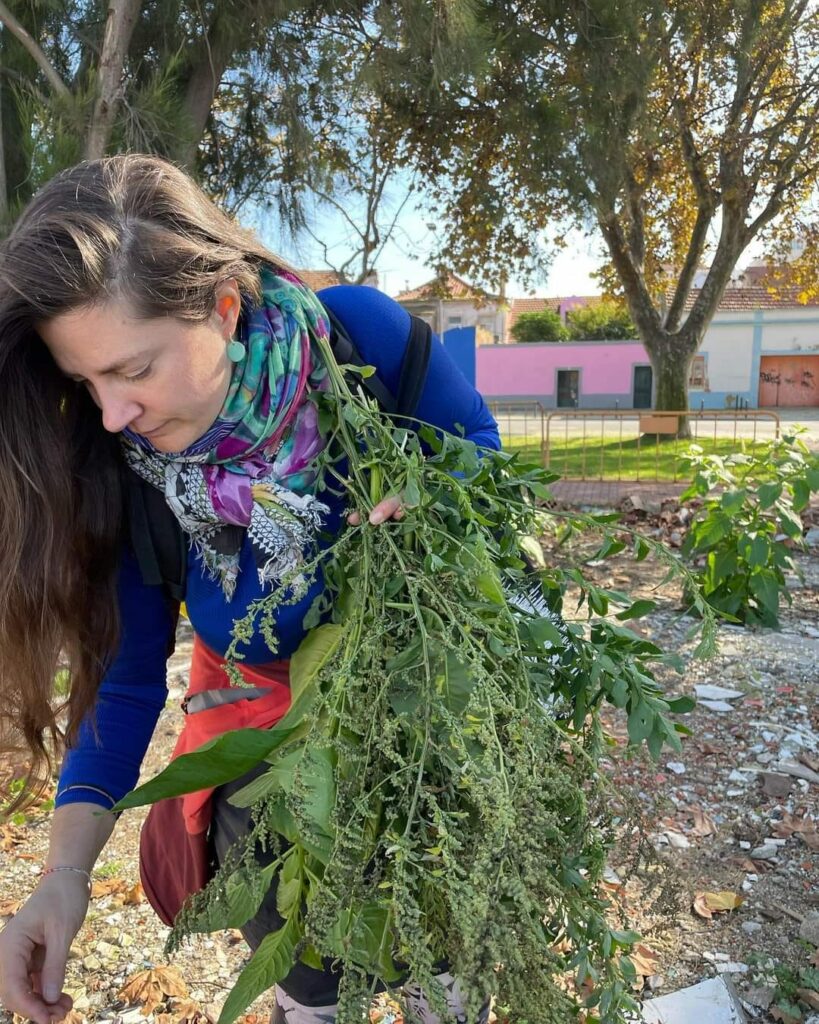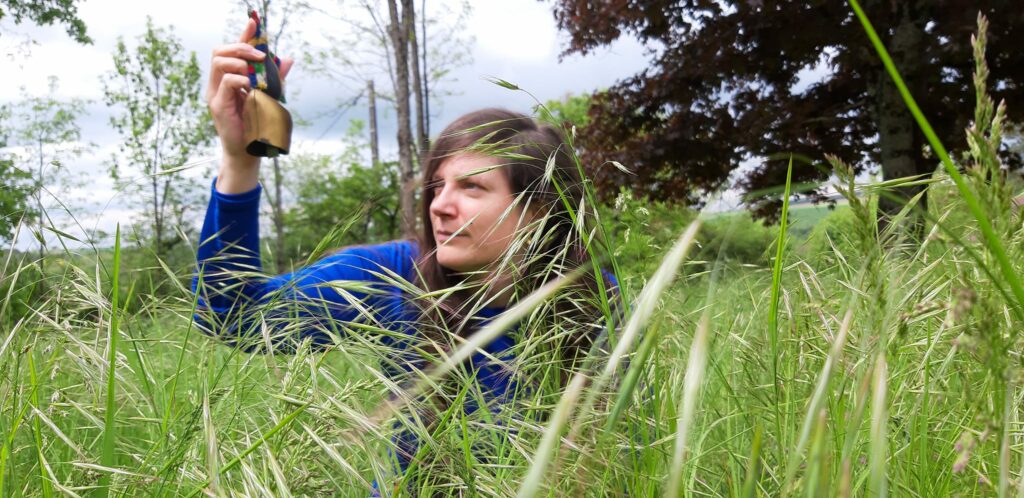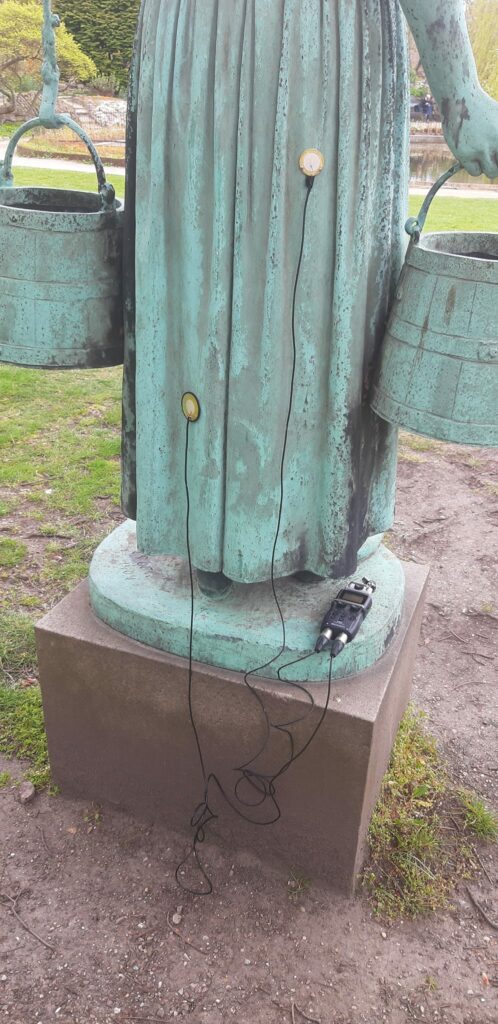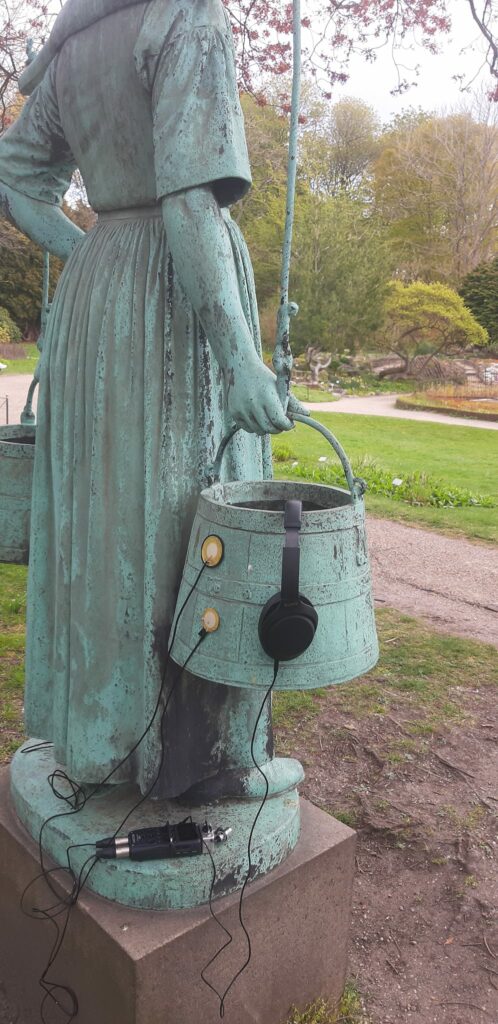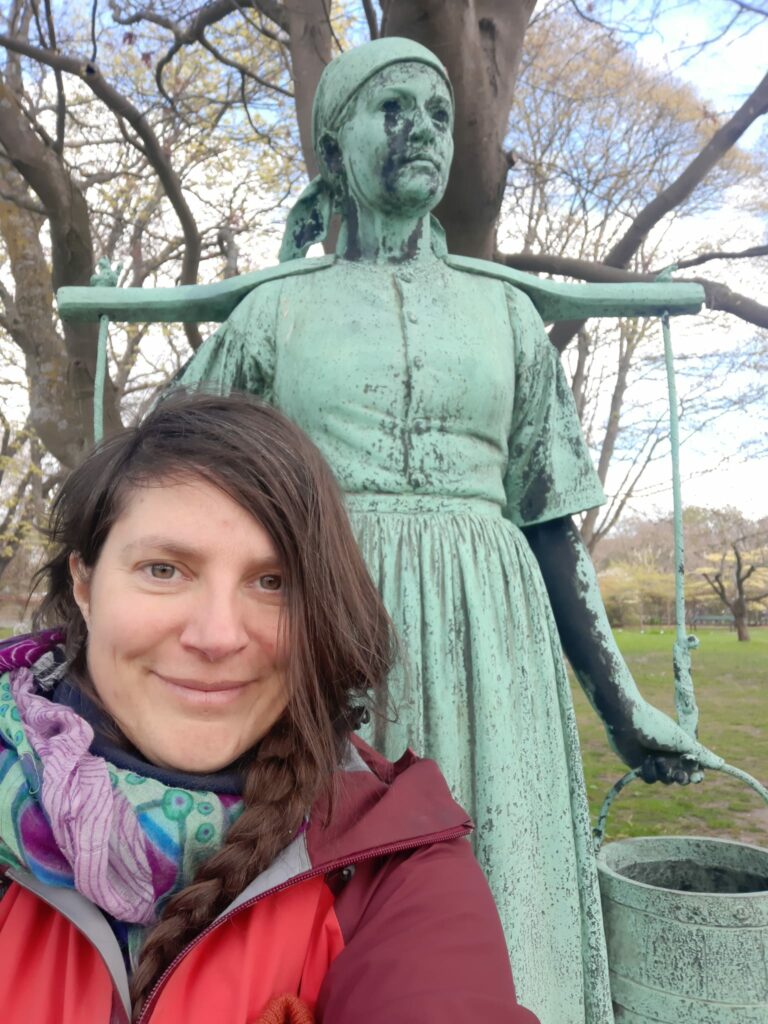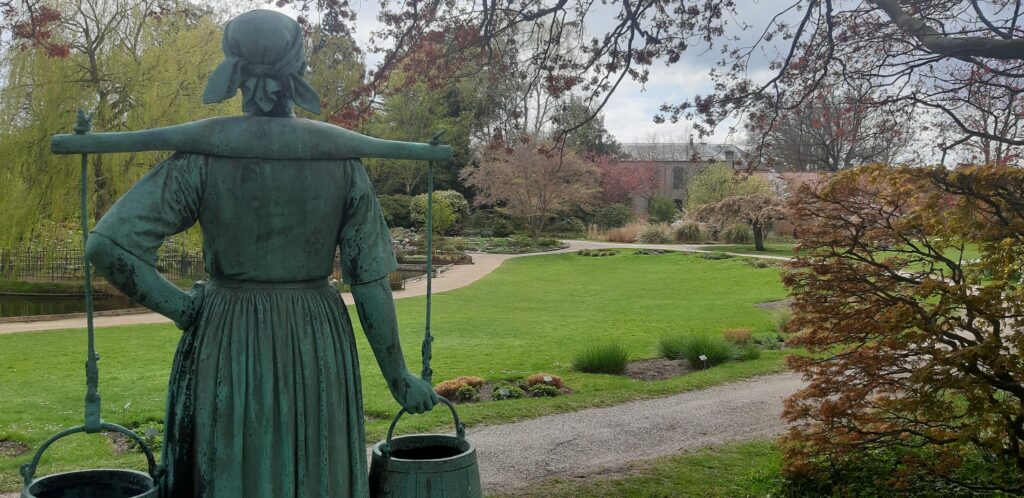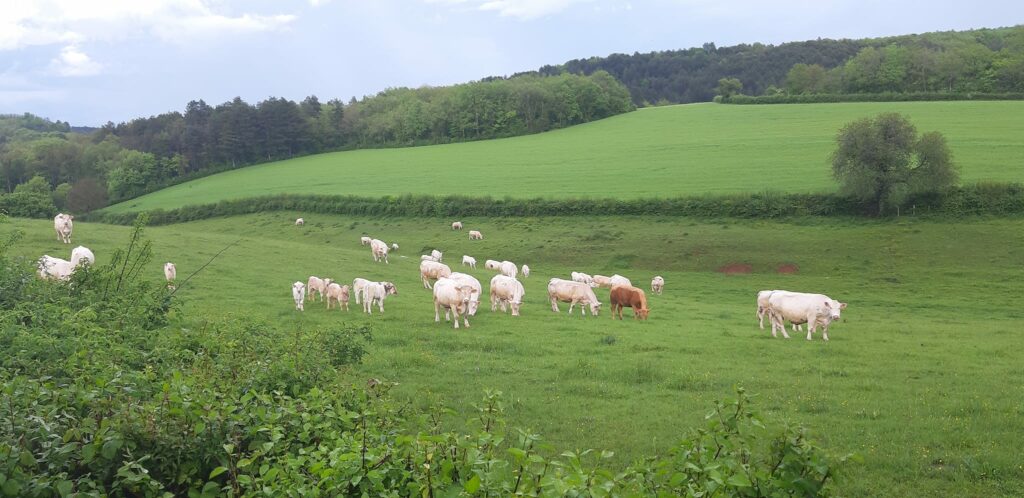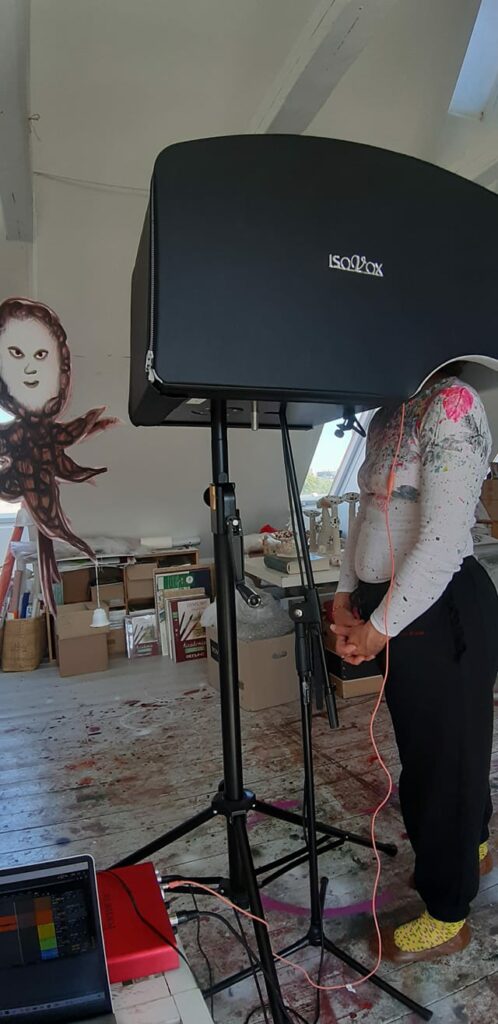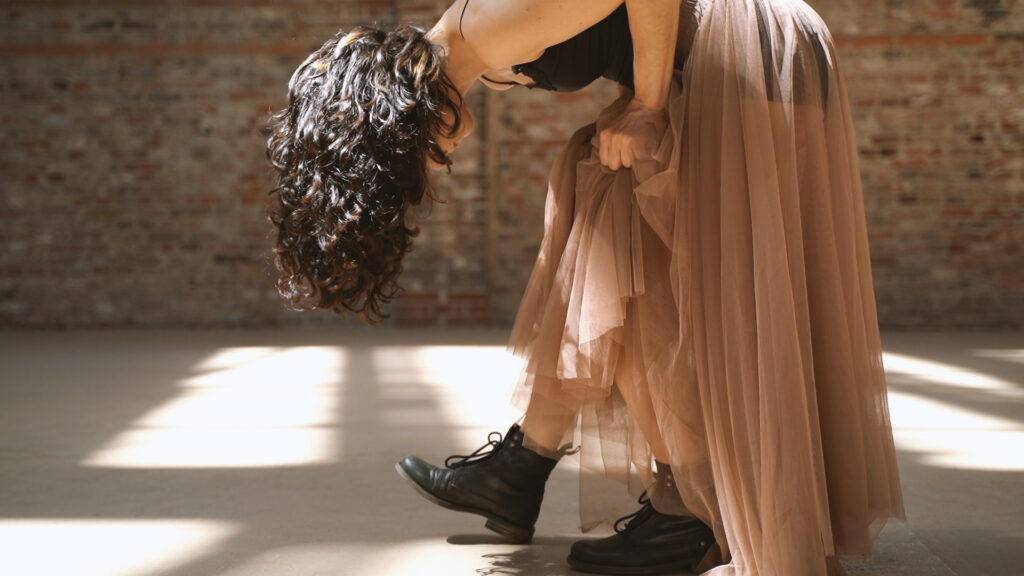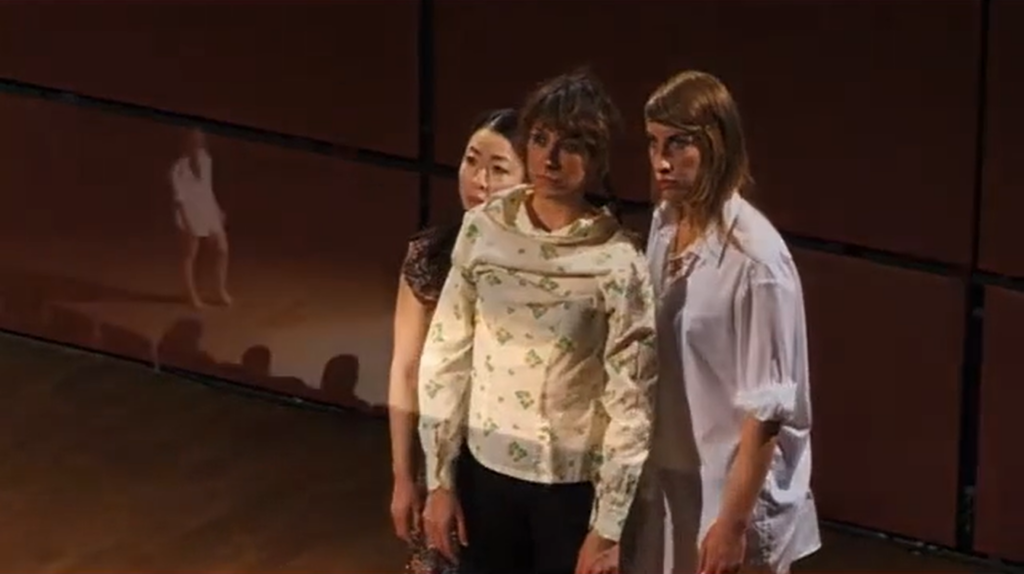Rush (or Hastværk in Danish) is a short dance movie by coerographer and artistic director in RØRSTRØMSK, Lise Lønsmann.
My main interest here, was to take the initial sounds which was produced from the dancers movements, either in relation to herself or to the surrounding objects, and use them as my raw material of sounds to create the soundscape or soundtrack. It was very interesting to see how by changing the sounds, the perception of the dance changed, when the coreography was taken away from its natural sounds. I only added a few other pre-recorded sounds to blend in with the initial sounds, for example the sound of my bass, which I often use because of my love of the very low and intens sound.
The idea was to use the raw material, but instead of letting the sounds illustrate the movements, I tried to let them create another sense of reality a somehow more inner narrative of perception that could go with the dancers own inner state of mind at the given time as the charecter in the movie. For me there was at least two different dimensions: how the real sounds would sound like if we were listening from inside the dancers physical head, and how the sounds could sound like if they were to narrate the landscape of the dancers emotionally state of mind from inside the dancers existential head. So that the physical body and the mental body got seperated into two but still played together as one. To let these two dimensions merge together, gave me the possibility to try to give the listener a sense of double reality feeling, in an abstract sense. It was my hope that the listener would sense how it was to feel distant to his or hers own body, and to play on the feeling on being captured physically inside a small room and being captures mentally inside oneself.
